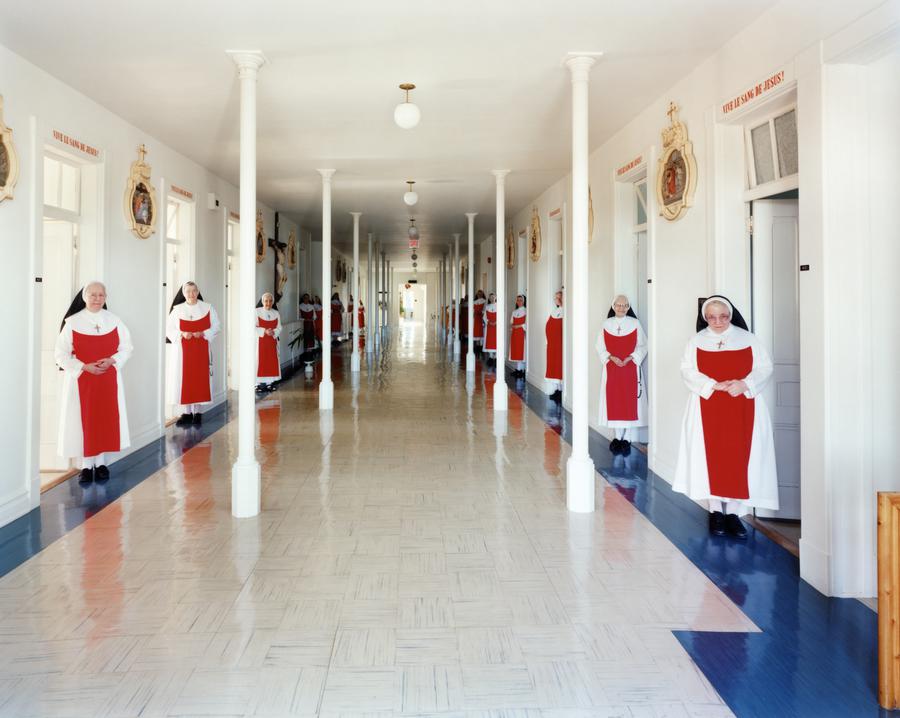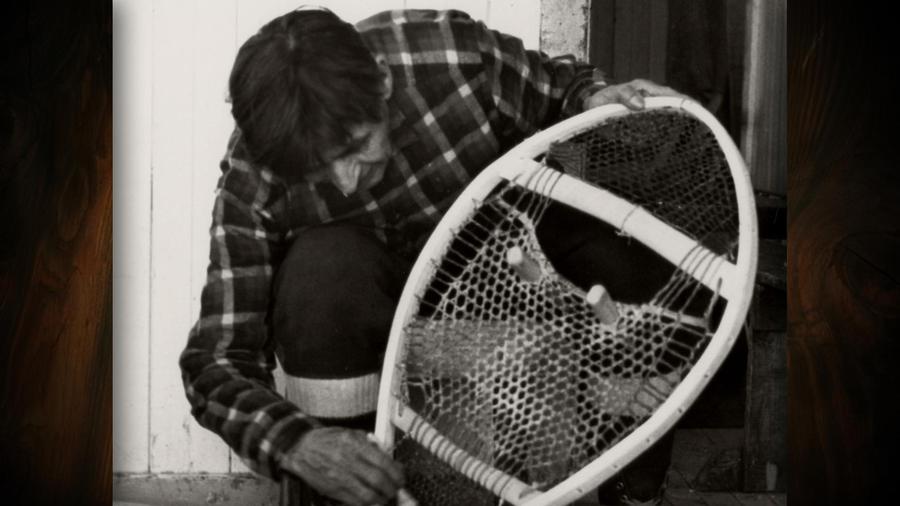What It Means to Be Seen: Photography and Queer Visibility
June 18 – August 24, 2014
Main Gallery, The Image Centre (formerly Ryerson Image Centre)
Guest Curator: Sophie Hackett
“I had never seen a picture of two women kissing, and I wanted to see it. I borrowed a camera . . .” – JEB (Joan E. Biren)
The ideas of visibility and greater acceptance have long been tied together for those in queer communities. So much so that it is plausible to suggest that one of the projects developing alongside the LGBT rights movement since the 1960s, though unofficial and organic, has been to produce a visual record. Greater visibility has often meant greater representation in mass media outlets and this visibility has undeniably increased over the last four decades — so too have LGBT rights.
Photographs have, of course, played a key role in this. But what has this photographic visibility consisted of? To celebrate World Pride 2014 Toronto, this exhibition takes a closer look at this rich photographic record, and the ways photographs have served to bring to light a sense of collective characteristics, experiences and ambitions for queer communities.
Featuring a broad range of materials from the Black Star Collection at Toronto Metropolitan University (formerly Ryerson University), the Canadian Lesbian + Gay Archives (Toronto), and other prominent collections in the United States and Europe, this range of photographs argues for the continued validity — necessity, even — of making queer people visible, collectively and individually.
Event(s):
Opening Reception
Wednesday, June 18
5:30 – 8:00 PM
Exhibition Tour
Sophie Hackett
Wednesday, June 25
6:00 PM
Exhibition Tour
Sophie Hackett
Wednesday, July 30
6:00 PM
A primary exhibition of the Scotiabank CONTACT Photography Festival
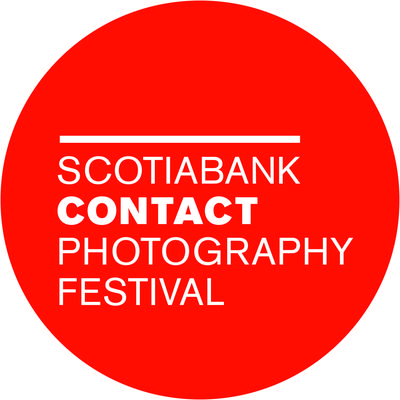
Presented by TD Bank Group. Organized by The Image Centre (formerly Ryerson Image Centre) in collaboration with the Art Gallery of Ontario and WorldPride 2014 Toronto

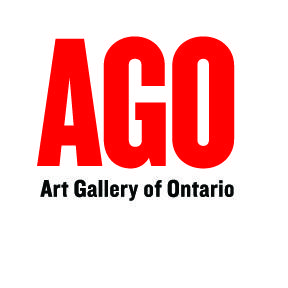
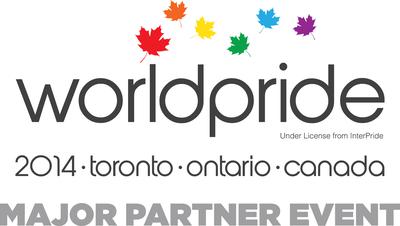
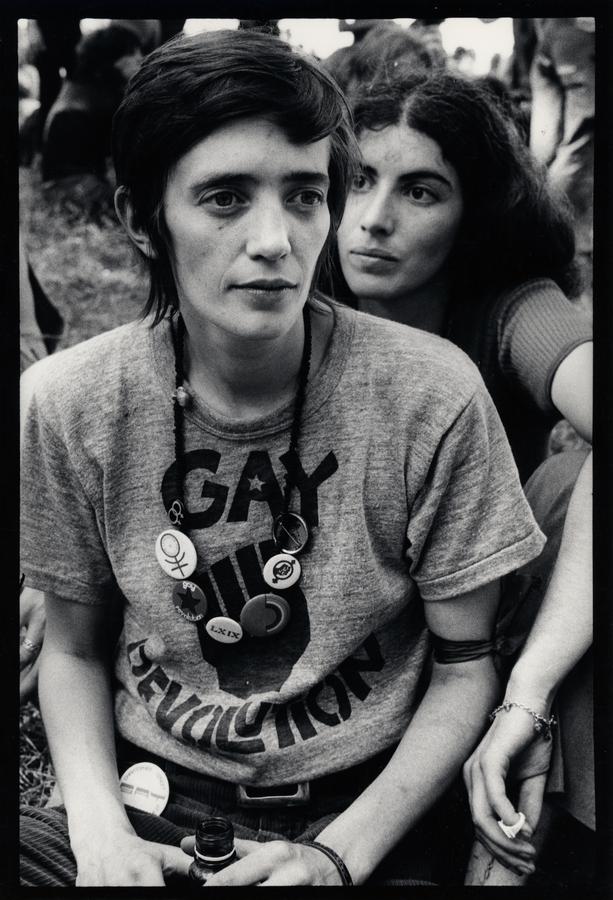
Michael Abramson, Gay Liberation March, New York City, USA, June 25, 1971, gelatin silver print. BS.2005.246385 / 151-388. Reproduction from the Black Star Collection at Toronto Metropolitan University (formerly Ryerson University)
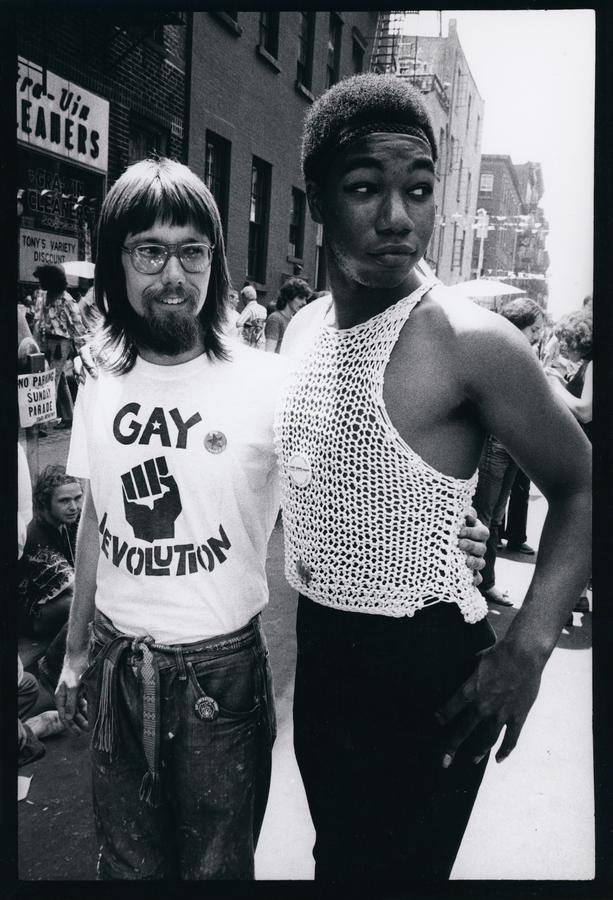
Michael Abramson, Gay Liberation March, New York City, USA, June 25, 1971, gelatin silver print. BS.2005.246343 / 151-346. Reproduction from the Black Star Collection at Toronto Metropolitan University (formerly Ryerson University)
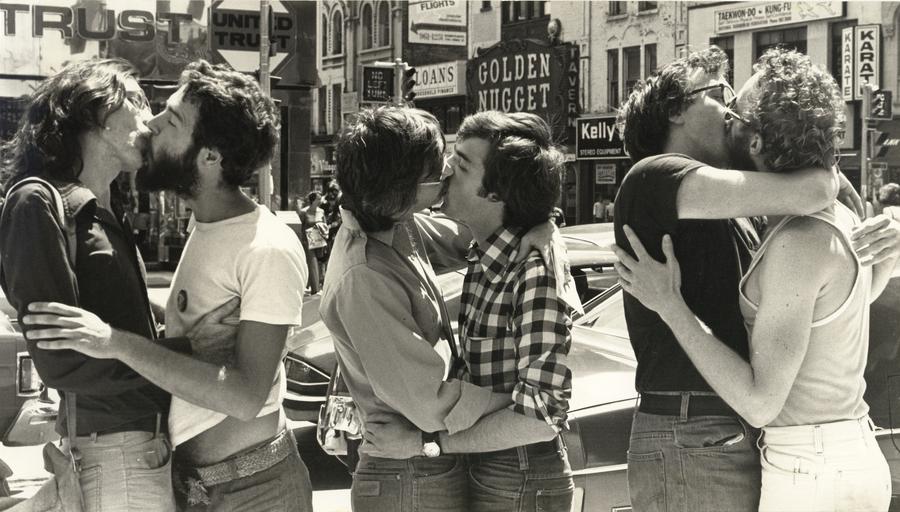
Gerald Hannon, Kiss-in at the corner of Yonge and Bloor, Toronto, 1976, gelatin silver print. Collection of the Canadian Lesbian and Gay Archives, Toronto. 1986-032/08P(35)
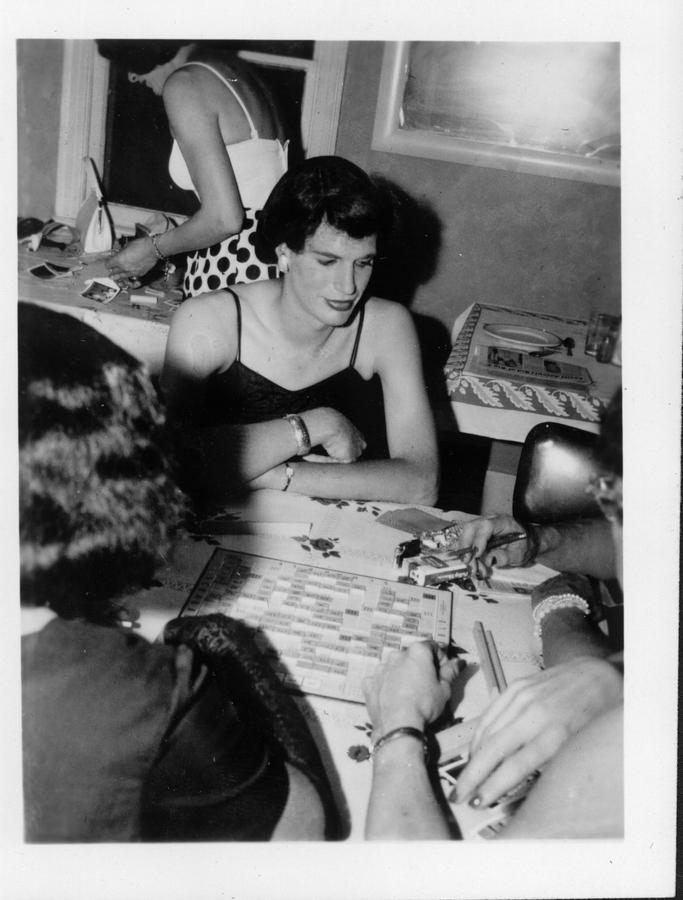
Casa Susanna, c 1960. From Casa Susanna edited by Michael Hurst and Robert Swope, published by powerHouse Books.
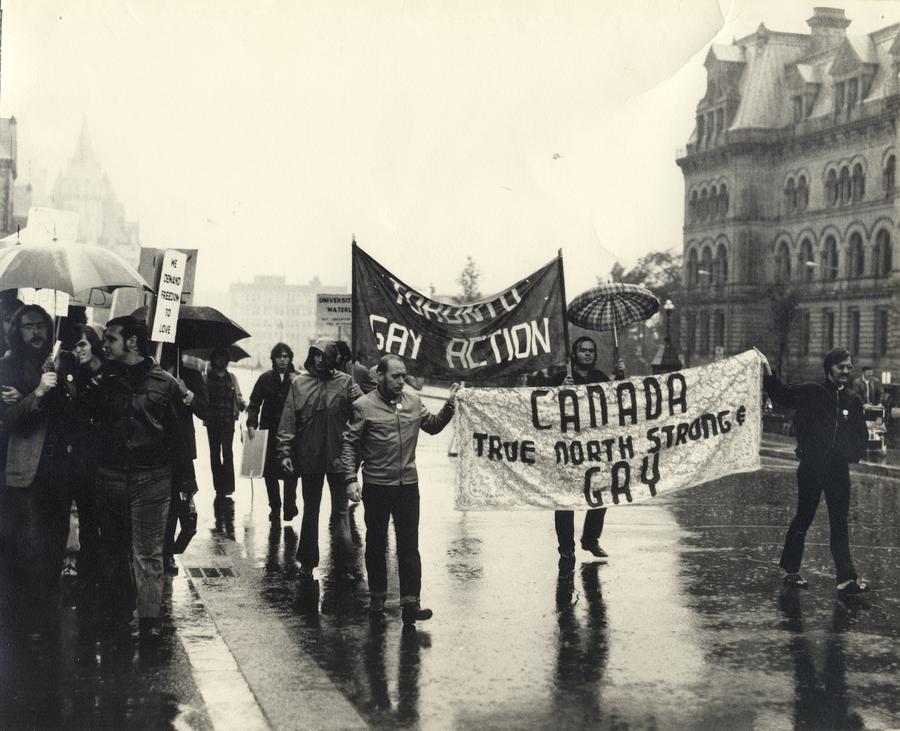
Jearld Moldenhauer, Demonstration on Parliament Hill, Ottawa, August 28, 1971, gelatin silver print. Collection of the Canadian Lesbian and Gay Archives, Toronto. 1982-001/02P(01).
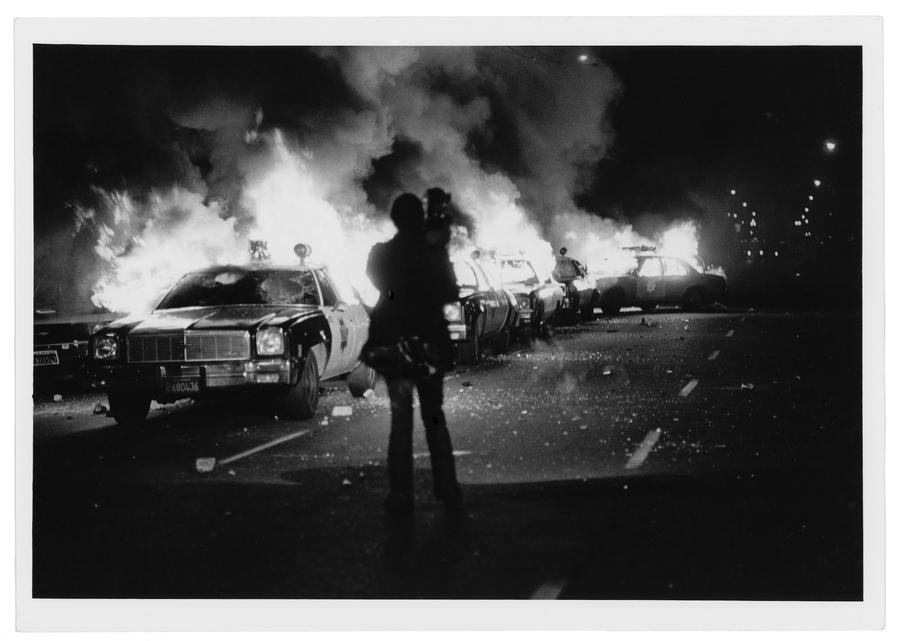
Eric Stein, Gay Revolt – San Francisco, July 1979, gelatin silver print. BS.2005.246319 / 151-322. Reproduction from the Black Star Collection.
Curator Bio
Sophie Hackett
Guest Curator
Sophie Hackett is the Curator, Photography, at the Art Gallery of Ontario (AGO) and adjunct faculty in Toronto Metropolitan University's (formerly Ryerson University) master’s program in Film and Photography Preservation and Collections Management. She continues to write for art magazines, international journals and artist monographs, including “Queer Looking: Joan E. Biren’s Slide Shows” in Aperture (spring 2015) and “Encounters in the Museum: The Experience of Photographic Objects” in the edited volume The “Public” Life of Photographs (The Image Centre (formerly Ryerson Image Centre) and MIT Press, 2016).
Exhibition Catalogue
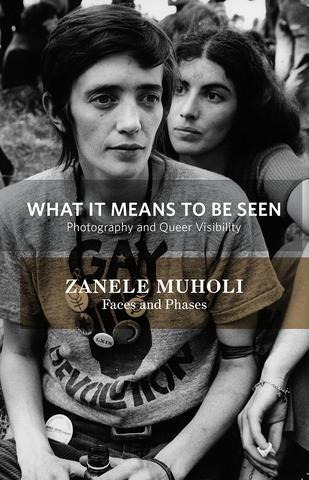
Front cover
What It Means To Be Seen: Photography and Queer Visibility / Zanele Muholi: Faces and Phases
Curators: Sophie Hackett and Gaelle Morel
Research Assistant: Sol Legault
Within LGBTQ communities, the camera has historically served several critical functions. Journalists, artists, amateurs, and activists have used photography to build and sustain social bonds by sharing private experience, recording and preserving history, and celebrating sexuality and gender identities constrained by dominant social mores and legal prohibition - in other words, revealing what might otherwise be hidden from sight. By contrast, the medium has been used critically, and with aggression, as an instrument of identification and derogation by heteronormative media outlets and forces of state power. This publication, issued alongside The Image Centre's (formerly Ryerson Image Centre) Summer 2014 exhibition season on the occasion of WorldPride 2014 Toronto, explores significant aspects of photography's function within and without queer culture over the last seventy-five years.
Installation Shots
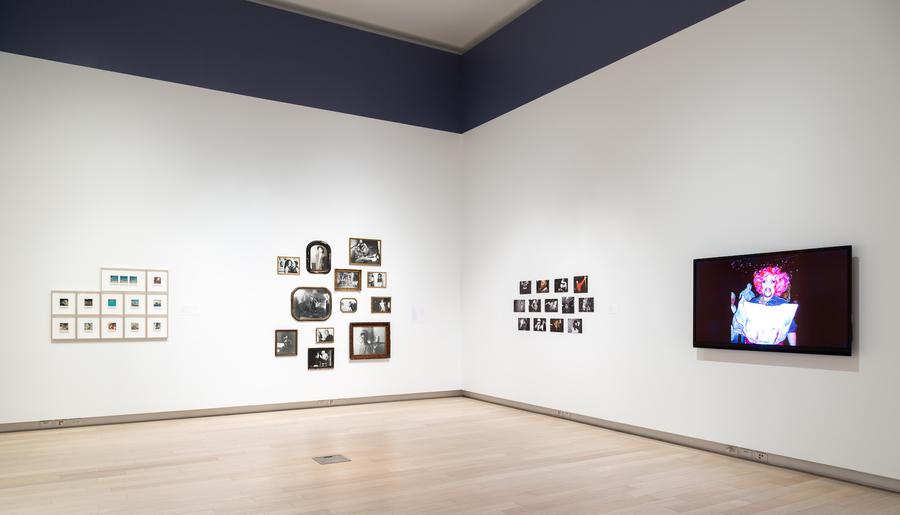
What It Means To Be Seen: Photography and Queer Visibility (installation view), 2014 © Eugen Sakhnenko, The Image Centre
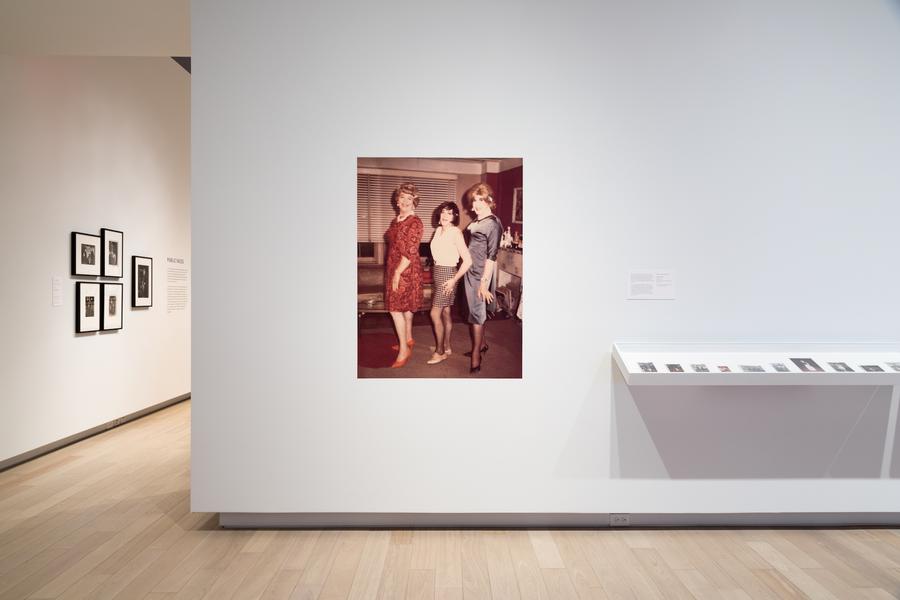
What It Means To Be Seen: Photography and Queer Visibility (installation view), 2014 © Eugen Sakhnenko, The Image Centre
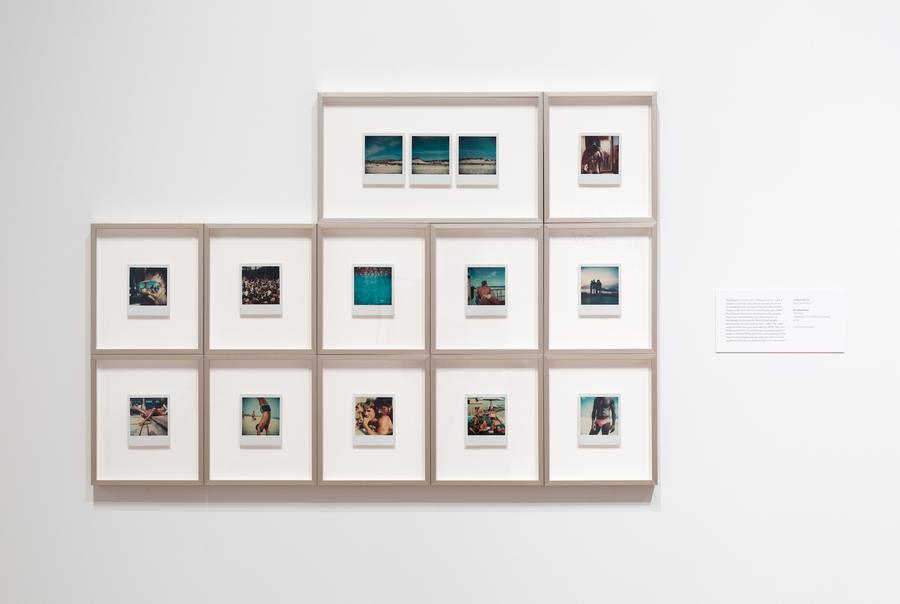
What It Means To Be Seen: Photography and Queer Visibility (installation view), 2014 © Eugen Sakhnenko, The Image Centre

